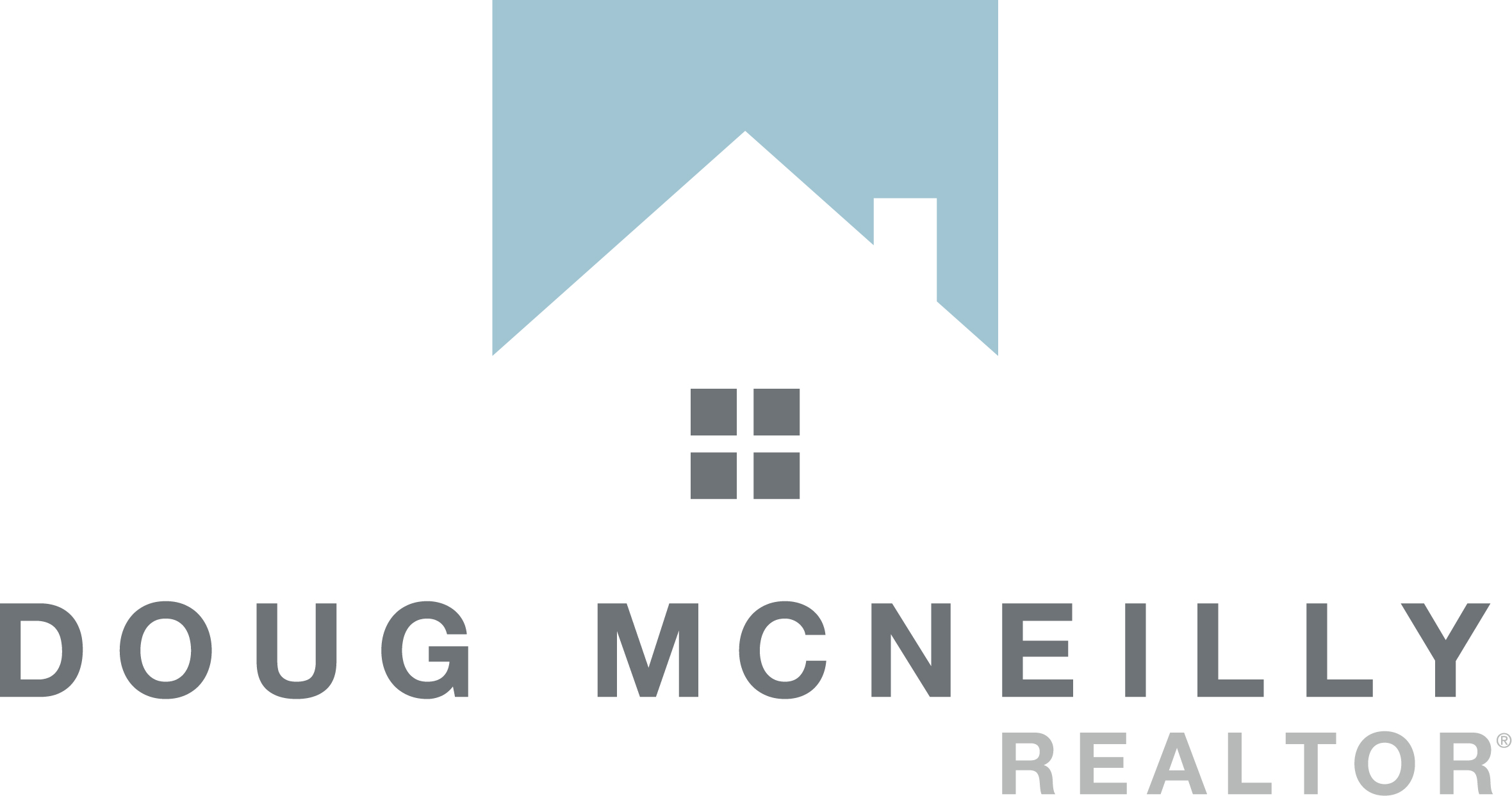With interest rates at the highest levels in the last ten plus years, many Buyers are being priced out of the market and are unable to afford to purchase. Less than two years ago when rates were substantially lower, those same buyers were able to afford to buy.
In the early 1980s when my wife’s family moved from Chicago to Phoenix they were able to assume the mortgage of the Seller. The jackpot for them? Assuming a mortgage at 11% when prevailing rates were 18%. Assumable mortgages were more prevalent then.
A little secret? Assumable mortgages still exist, but are much less prevalent, but can save a Buyer a lot of money.
What is an Assumable Mortgage? An Assumable Mortgage is a situation where the Buyer takes over the mortgage from the Seller. The outstanding principal (or balance) and terms of the mortgage are transferred to the Buyer. The Buyer needs to qualify for the mortgage. When mortgage rates have risen quickly, which is the current situation, an Assumable Mortgage is attractive to a Buyer.
Can all Mortgages be Assumed? No. Actually, only certain types of Mortgages can be assumed. Federal Housing Authority (FHA), Veterans Affairs (VA), and the U.S. Department of Agriculture (USDA) loans are assumable when certain criteria are met. And, the buyer does not need be a military member to assume a VA loan. Buyers need to meet specific requirements and receive approval from the agency sponsoring the mortgage.
How does an Assumable Mortgage work? An Assumable Mortgage allows the Buyer to assume the current principal balance, interest rate, repayment period, and other terms of the Seller’s loan. Instead of going through the process of obtaining a home loan from a Lender, the buyer takes over the Seller’s mortgage. The down payment needs to be equal to the difference between the purchase price and the remaining mortgage balance or the Buyer will need another mortgage if the down payment is not sufficient to bridge the gap. The Buyer must apply for the Assumable Mortgage and meet Lender requirements for borrowing. A seller may still be responsible for the mortgage payments if the Buyer defaults, so the Sellers will want a release from any future obligation if the Buyer assumes their mortgage.
Advantages of Assumable Mortgage. Buyers gets a lower rate than the current market rate. Buyers do not need to have a large down payment when the Seller does not have a lot of equity in the property.
Disadvantages of Assumable Mortgage. Buyers may need a large down payment when the Seller has a lot of equity in the property. If the Buyers needs a second mortgage to come up with the money for the down payment the lender may not allow it.
In a market, such as today’s market, a Seller is unlikely to work with a Buyer on an Assumable Mortgage if they receive multiple offers since the process with the Assumable Mortgage takes time and is complicated. However, if a Seller has a house that is sitting on the market and Seller knows the mortgage is assumable, this might be a key feature the Seller wants to highlight.
Doug McNeilly is a REALTOR® with Coldwell Banker Realty in Wayland, Massachusetts. He specializes in Wayland, Sudbury, Natick, Framingham and the Greater Boston Metro West Area. He can be reached at doug.mcneilly@cbrealty.com or www.dougmcneilly.com


 Facebook
Facebook
 X
X
 Pinterest
Pinterest
 Copy Link
Copy Link

